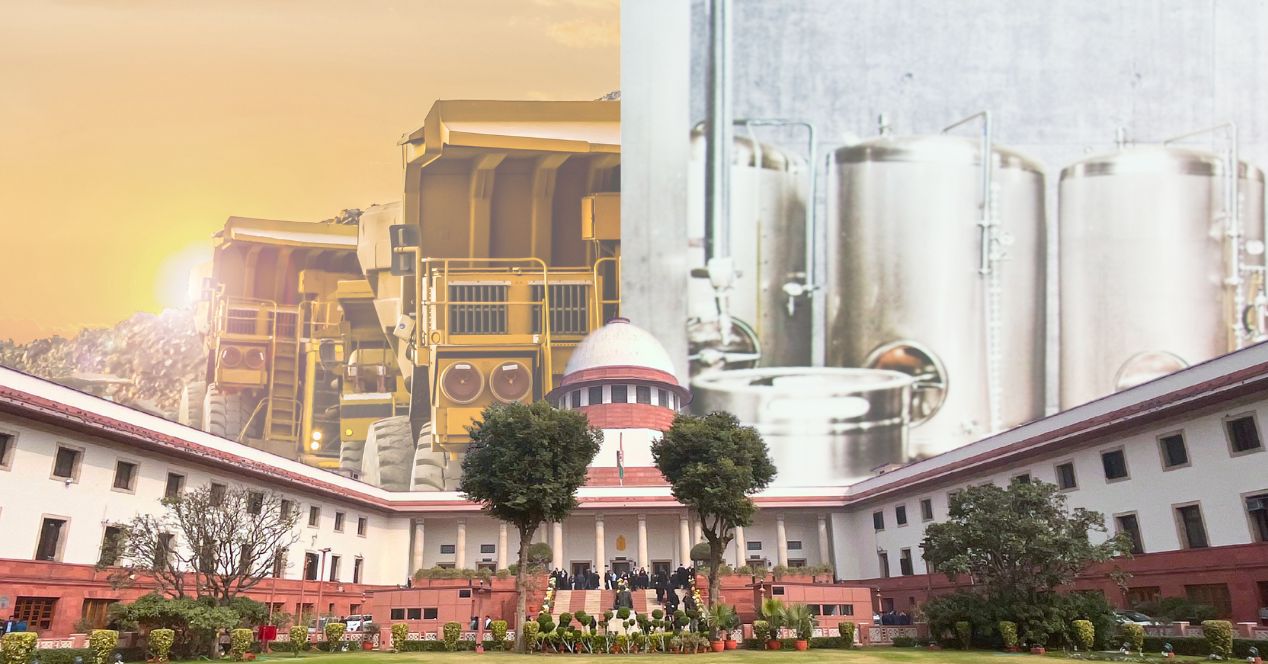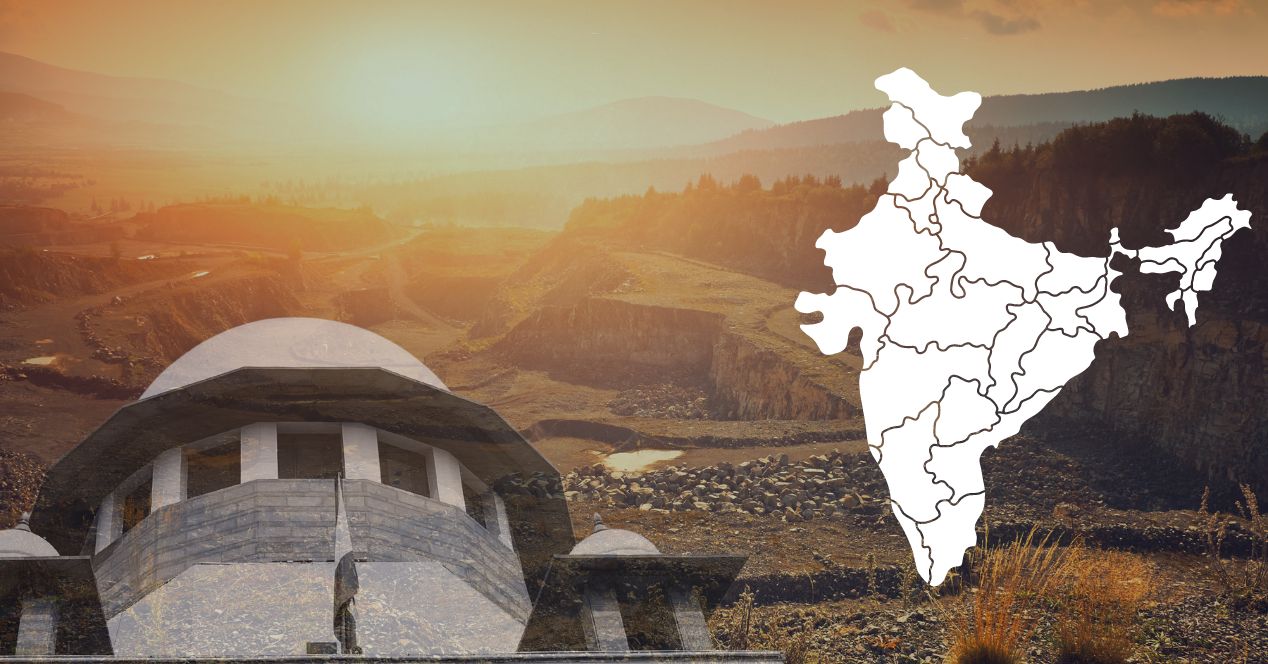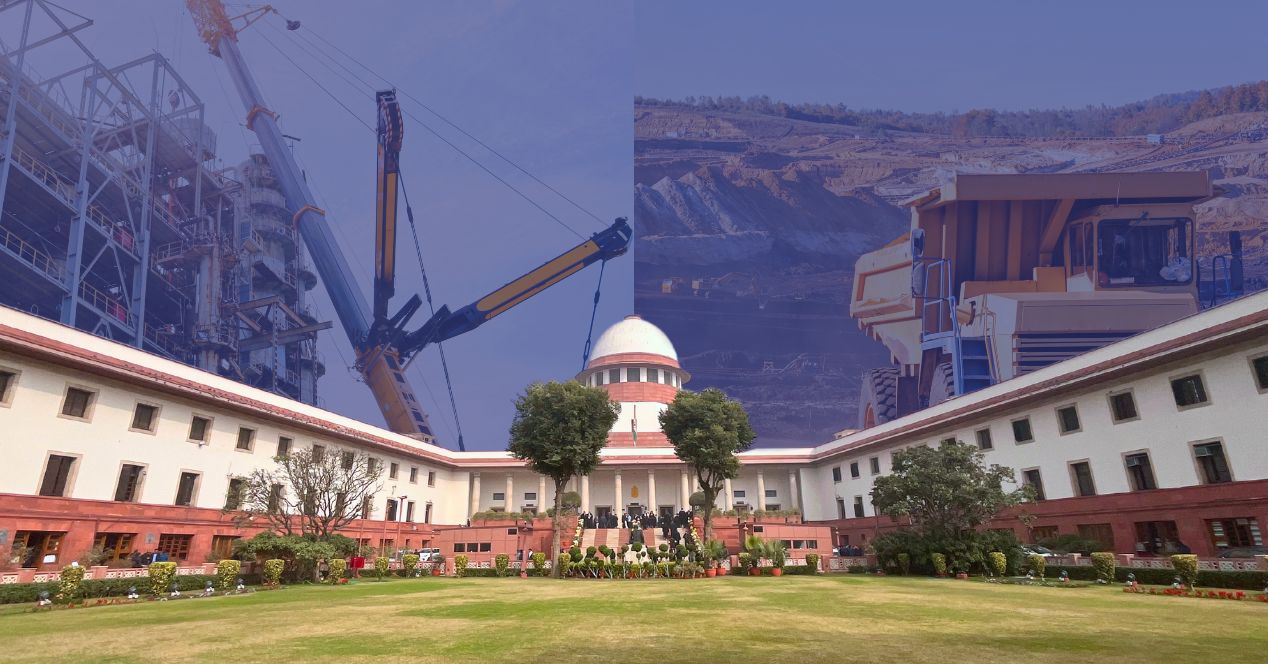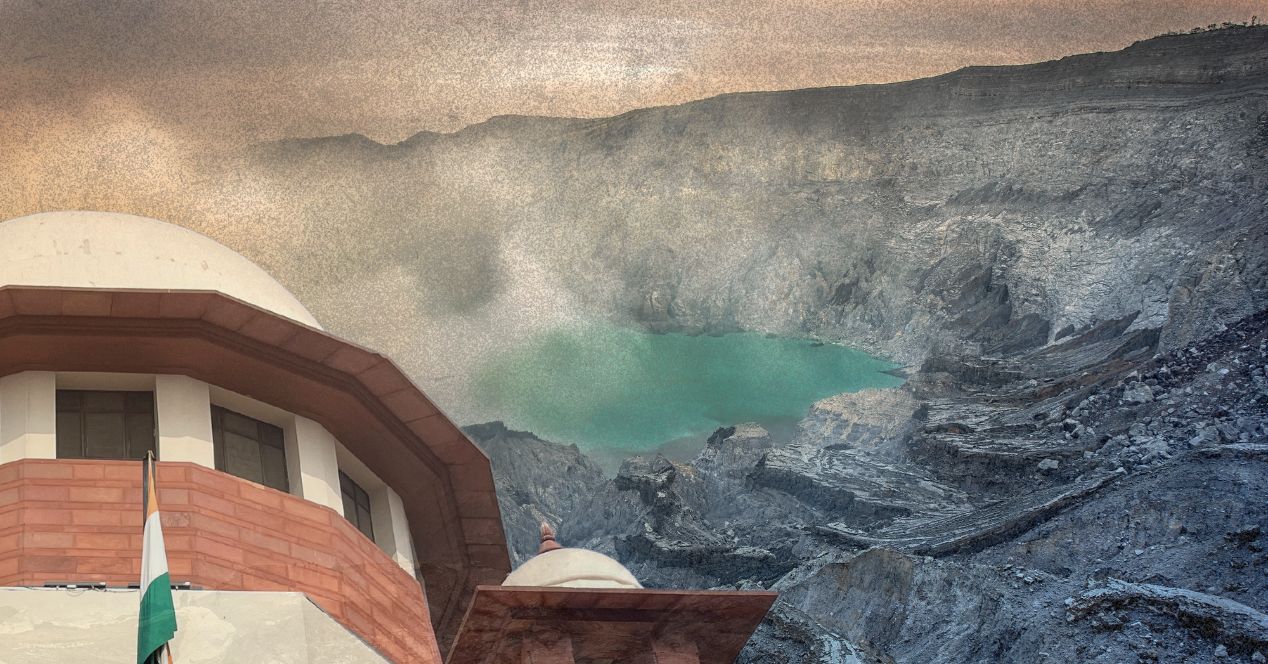Analysis
A revenue ‘stream’ for states
A recent Supreme Court judgement upheld an added financial burden imposed by states on DTH providers through an “entertainment tax”
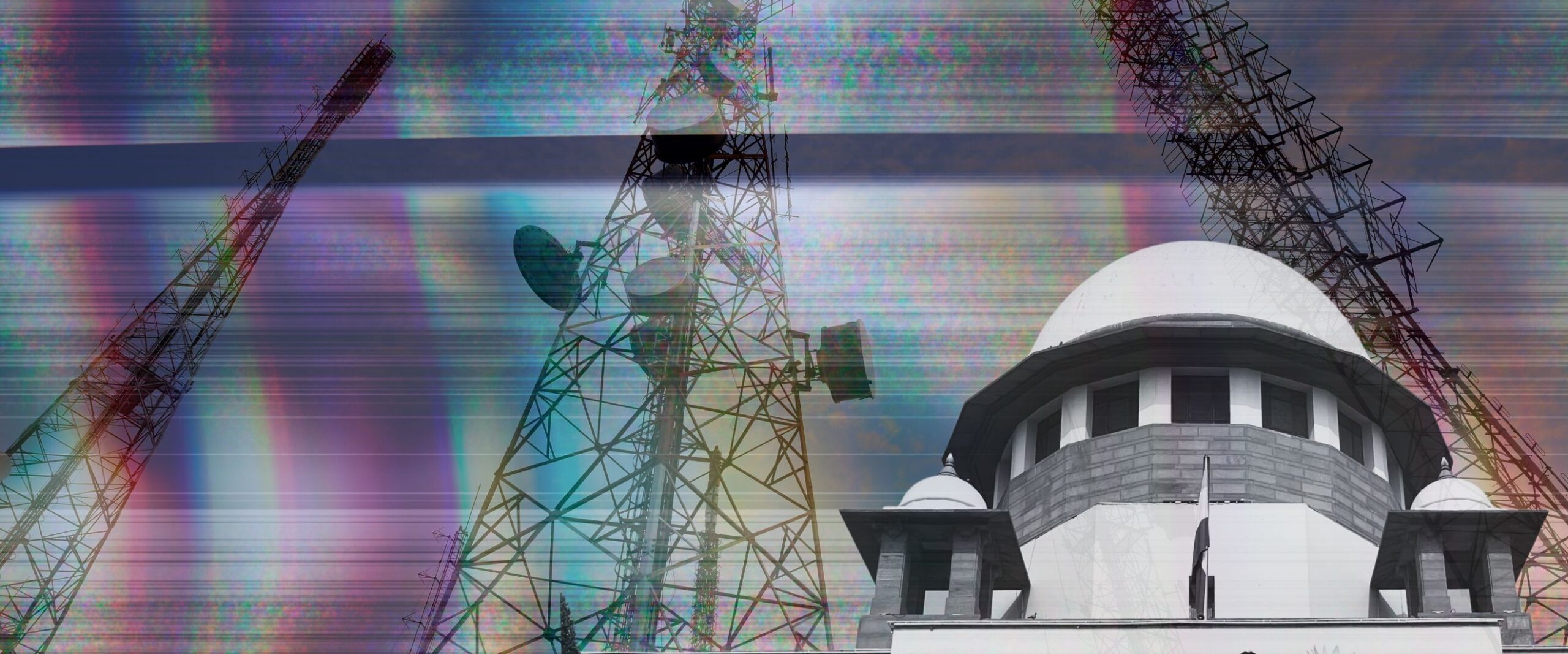
Flipping through newspapers, circling movie showtimes in TV guides, and setting the Tata Sky recorder to tape films was a cherished ritual growing up—long before over-the-top (OTT) platforms brought entertainment to our fingertips. A recent Supreme Court judgment on taxes levied on Direct-to-Home (DTH) providers stirred up that nostalgia. The Court was deciding if DTH providers were performing the service of disseminating the right TV signals to our screens, or if they were providing entertainment.
The judgement was State of Kerala v Asianet Satellite Communications—a case I added to the Supreme Court Observer Law Reports (SCO.LR), the SCO’s compilation of the most important judgements of the week. Justice B.V. Nagarathna had written the judgement, adding to her repertoire of decisions on the separation of powers between the Union government and the states.
DTH providers like Tata Sky and Dish TV had approached the Supreme Court, challenging the levy of an entertainment tax by state governments. They argued that they were broadcasting signals to air channels as a “service”—they were not providing “entertainment.” DTH providers believed that state legislations incorrectly taxed them under Entry 62 of the State List. Entry 62 allows states to collect taxes for “luxuries, entertainment and amusement.” DTH providers already pay service tax to the Central Government under Entry 97 of the Union List.
States had a different approach. Invoking the Canadian doctrine of the “double aspect theory” they argued that a single transaction can have two distinct elements which are both taxable. Most High Courts accepted this argument and found that DTH providers offered both a “service” and “entertainment” when they aired a show or a movie. As many as 42 appeals against the High Courts’ decisions reached the Supreme Court.
The Supreme Court agreed with the High Courts. Justice Nagarathna wrote that “by rendering the service of broadcasting, the assessees are entertaining the subscribers within the meaning of Entry 62 List II..” The Court concluded that both the Union and state governments possess the legislative competence to tax DTH providers, as they are “different aspects of the same activity.”
This judgement arrives at a time when the DTH market appears to be shrinking rapidly. The Telecom Regulatory Authority of India (TRAI) reported that in September 2024, there were 59.91 million of DTH subscribers—a sharp fall from 62.17 million just three months prior. The financial burden on the DTH market is already substantial. For example, Dish TV recently contested a demand for a licensing fee of over ₹6000 crores from the Ministry of Information and Broadcasting (MIB). This licensing fee is eight percent of the providers’ Adjusted Gross Revenue. TRAI proposed reducing it to three percent—an idea that Dish TV has been pushing the MIB to consider. The MIB has yet to respond. DTH providers are also in the middle of a battle for content parity with OTT platforms, to allow streaming shows on television. The present judgement adds another component to the rising cost of being a DTH provider.
The growth of OTT, increasing cost and a declining market may have rendered DTH on the verge of obsolescence. For many like me, Sundays spent lounging in front of the TV, watching an endless ‘stream’ of action movies will remain the sacred beginning of a lifelong love for the craft. Will the Supreme Court’s judgement be the straw that breaks the camel’s back?
This article was first featured in SCO’s Weekly newsletter. Sign up now!

